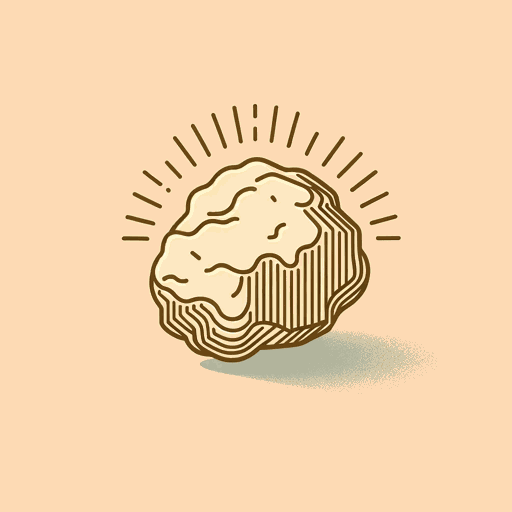44 pages • 1 hour read
John Rollin RidgeThe Life and Adventures of Joaquin Murieta
Fiction | Novel | Adult | Published in 1854A modern alternative to SparkNotes and CliffsNotes, SuperSummary offers high-quality Study Guides with detailed chapter summaries and analysis of major themes, characters, and more.
Symbols & Motifs
Horses
The natural beauty and power of horses is emphasized throughout Ridge’s work. Horses are a necessity to the banditti as a mode of transportation, and many of Joaquín’s efforts center on acquiring more of them. However, Ridge’s descriptions of the horses also stress their freedom and spirit: “[Joaquín] gazed over the extensive valley, and saw a thousand fine horses feeding on the rich grass, or galloping, with flowing manes and expanded nostrils, in graceful circles over the plain” (61). Horses here appear in close connection to the natural world and to the outlaws’ own independence; as some of these horses are explicitly “American,” they symbolize a national ideal that the country falls short of in practice.
The novel pays particular attention to Joaquín’s horse during his death scene, underlining the horse’s physical beauty, power, and strength. Ridge creates a considerable degree of pathos in describing Joaquín’s final flight from the horse’s perspective and having the animal make herculean efforts to carry his master to safety even though he himself is mortally wounded. Here again, the animal’s nobility and self-sacrifice contrasts the purity and virtue of nature with the corruption and cruelty of human society.

